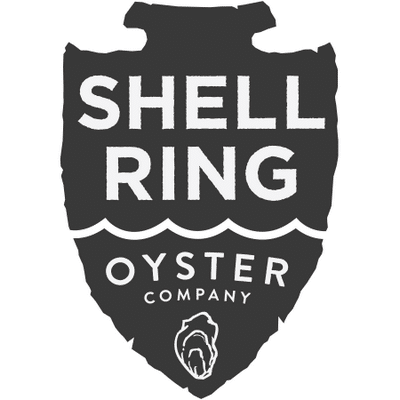Discover the History, Myths, and Magic of Lowcountry Oyster Lore
The story of the oyster is as old as the tides themselves—woven into Hilton Head’s past and carried forward in every briny bite today. From the ancient shell rings left by Native Americans, oysters have long been a symbol of survival, celebration, and stewardship in the Lowcountry.
THE HISTORY OF SHELL RINGS
Hilton Head’s history is supersaturated in Lowcountry legends and is teeming with maritime tradition. Maybe you have heard of Mitchelville. Or the adventures of Captain William Hilton. Or the Battle of Bloody Point. But to understand the Island’s true archeological roots, you have to go farther back in time to 1335 A.D. It was then that the Green’s Shell Enclosure, a four-foot-tall shell ridge that encloses two acres, was built along the banks of Skull Creek. Treasured landmarks like this serve as structural reminders of the Native Americans who thrived off of the area’s rich bounty from 8,000 to 1,000 A.D.
It has been often joked that the first person to eat an oyster must have really been hungry and thank goodness he or she did. Shell Ring Oyster Company’s name honors these intrepid eaters who were also the first custodians of the Lowcountry and pays homage by placing preservation as a paramount component of our business model.
Still today, as we trudge through tidal creeks, checking on our oysters and celebrating our vibrant local ecosystems, we find inspiration from our original dwellers. Whether it is a perfectly preserved arrowhead or a shell bed worn white from the sun, we cannot help but reconnect with our past and look forward to improving our future.
Oyster Lingo
Bivalve—Any of more than 15,000 species of clams, oysters, mussels, scallops, and other members of the phylum mollusca characterized by a shell that is divided from front to back into left and right valves.
Briny—This relates to the saltiness of the oyster and is a flavor-filled reflection of the oyster’s origins.
Bushel—The word “bushel” is derived from buschel which meant a box in the 14th century. Oystermen refer to a bushel as a unit of weight, usually anywhere between 45 and 60 pounds.
Flavor profile—Oyster connoisseurs use specific flavor descriptives to identify how we taste-experience a particular oyster. Using terms like salinity, complexity and finish and acknowledging nuances like hints of melon, cucumber, seaweed, mineral, iron, copper, sweetness, and umami, just to name a few. We are able to identify how our palate responds to the oyster.
Liquor—This is the juice of the oyster and a contributing component to its overall flavor.
Seed—The larval stage of the oyster.
Shuck—To remove the meat of the oyster form its shell.
